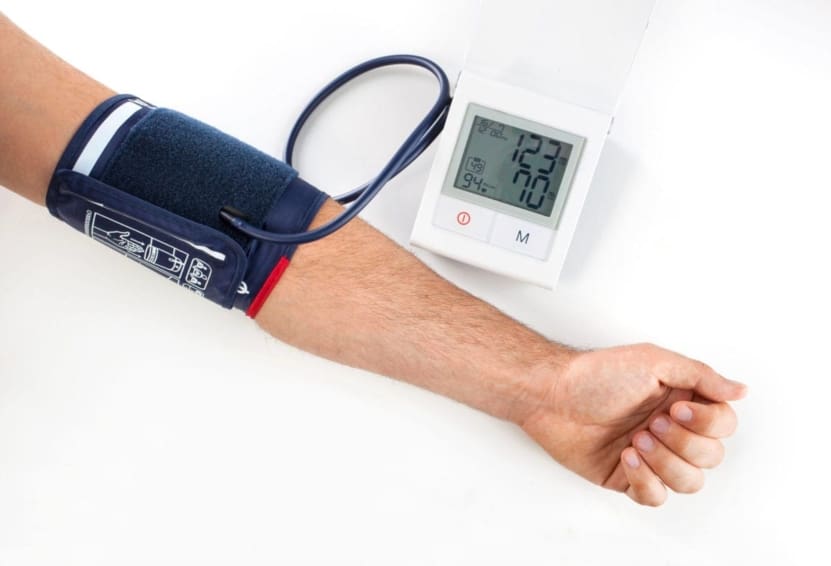
If you have high blood pressure (hypertension), your doctor may ask you to wear an ambulatory blood pressure monitor. This is a small machine, about the size of a portable radio. You wear it on your belt for 24 hours. The blood pressure cuff can be worn under your clothes and is hidden so others don’t see it. The monitor records your blood pressure about every 30 minutes during your day. The information collected can help your doctor see if your blood pressure treatment is working.
Path to improved health
Not everyone with high blood pressure is asked to wear a monitor. Your doctor may want you to use an ambulatory blood pressure monitor if:
- You have “borderline” high blood pressure
- You have a chronic medical condition that causes high blood pressure, including diabetes, kidney disease, and sleep apnea
- You and your doctor can’t keep your blood pressure under control
- You have blood pressure problems caused by your other medicines
- You have changed your medicine
- You’re pregnant and have high blood pressure
- You have fainting spells
The monitor may help your doctor find out if you’re a person who only has high blood pressure when you’re at the doctor’s office. This is called “white-coat hypertension.” It’s called this because your blood pressure rises when you’re nervous or fearful of medical environments. If you have this kind of hypertension, you may not need to take blood pressure medicine.
How it works
The small blood pressure cuff that’s connected to the monitor will automatically check your blood pressure about every 30 minutes. This includes while you’re sleeping. You also will be asked to keep a diary of your day’s activities. This gives your doctor information about when you were active and when you were resting. After 24 hours of monitoring, you will take the machine and your diary to the doctor’s office. The blood pressure information is transferred from the monitor to a computer. Your doctor will review the information with you and decide if your treatment program is working or if you need to make changes.
Things to consider
- Some people feel a little sore from the frequent pressure checks.
- Some people get a rash from the blood pressure cuff. It usually goes away without treatment.
Questions to ask your doctor
- Will my insurance pay for the monitor?
- Will I be able to read the monitor to see if I’m having high blood pressure at any given time?
- What if wearing the monitor annoys me or stresses me out? Will this cause my blood pressure to rise?
- Will I have to wear the monitor for longer than 24 hours?
Resources
Centers for Disease Control and Prevention: Measuring Your Blood Pressure
![]()
Copyright © American Academy of Family Physicians
This information provides a general overview and may not apply to everyone. Talk to your family doctor to find out if this information applies to you and to get more information on this subject.











